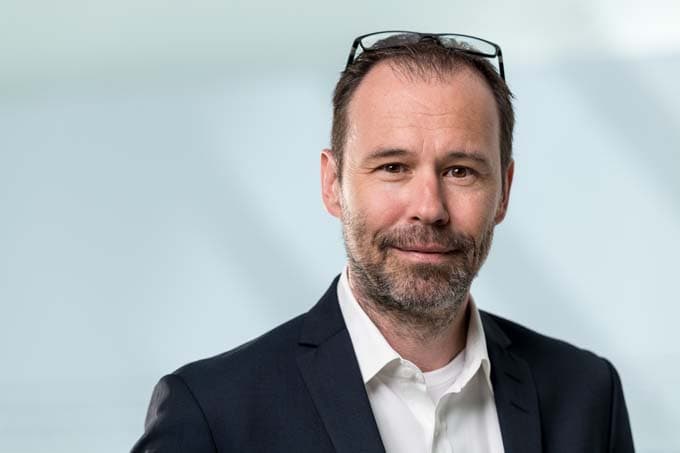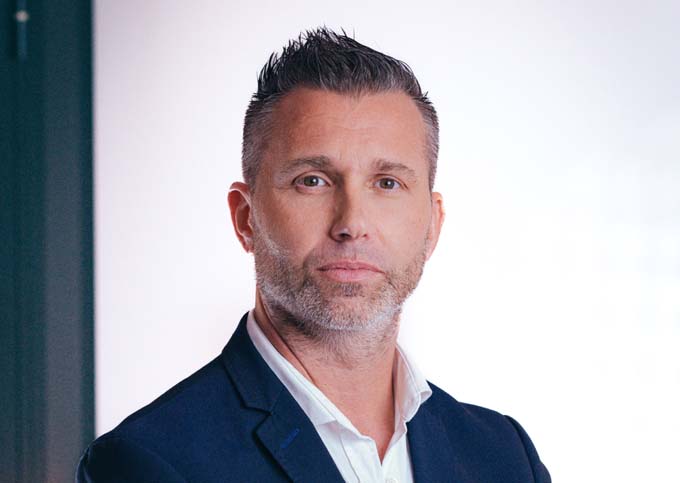
Product & service, innovation, profitability, sustainability, management and employer: these factors shape the good reputation of companies. And this good reputation ensures new and loyal customers, attracts the best talents, increases social acceptance and brings support from all stakeholders.
Media-mediated information and communication play a key role in shaping opinions. For the benchmark study "Reputation of Management Consultancies and Auditing Firms in Switzerland 2023", all reputation-relevant mentions of the selected companies from Swiss media, social media and other online sources were evaluated with the aid of AI over a period of 12 months.
BCG at the top of management consultancies
The top 5 ranking of management consultancies shows The Boston Consulting Group at the top. The company is particularly convincing in the areas of product & service, profitability, management and as an employer, and also scores well in terms of sustainability.
Second-placed Accenture is the only company in the top group to be present in all reputation dimensions, albeit with cutbacks in the areas of management and employer. AlixPartners, Bain & Company and Egon Zehnder follow in the other ranks. These three consulting firms already have several gaps in their reputation profiles and are not present in all topics that are important for reputation.
The detailed results show that the reputation scores of the top 5 companies are relatively close overall, but their strengths and weaknesses are quite different.
Other management consultancies evaluated in the study include Helbling, McKinsey, Oliver Wyman, Roland Berger, Simon-Kucher and Zühlke.
PwC with clear top position in auditor rankings
The ranking of auditing firms shows PwC in first place. The company shows a balanced reputation profile with only one weakness in the area of management.
PwC is followed by Deloitte - which also has a strong profile - and then by Mazars, which is not quite as prominent, and the two industry giants KPMG and EY. The "Big Four" are thus fully represented in the top 5. The gaps in reputation performance within the top five companies are significantly larger than among the management consultants.
Other auditors evaluated in the study include Balmer-Etienne, BDO, Grant Thornton and OBT.
Big Four dominate media presence
Visibility is an essential prerequisite for a strong media-based reputation. The Big Four - Deloitte, EY, KPMG and PwC - have by a huge margin the greatest presence in the media and together account for over 90% of all contributions from the auditing firms surveyed. Among the management consultants, Accenture and McKinsey stand out in this respect, being responsible for more than half of the media contributions of the consulting firms. BCG, Bain and the other consultants are clearly behind them in terms of visibility.
Studies as the main pillar of media relations - and reputation
According to the Swissreputation.group, studies and research results are the most important part of media relations, especially for the large consulting and auditing firms. The content reflects the major topics of the economy and society and ranges from market topics such as e-mobility, banks, food, retail, luxury goods or real estate to factual topics such as digitalization, sustainability, climate change, artificial intelligence, shortage of skilled workers, energy costs or cybercrime to economic topics on the economy, inflation, taxes or healthcare.
Expressed in figures, the analyses showed that more than 55 percent of all media reports on the consulting companies had study results as their content, or that a study was quoted. For the auditors, this figure was over 65 percent, with individual companies even achieving a share approaching 75 percent.
Reputation important in employer branding
Highly qualified employees are the most important resource, both for consulting firms and for auditors. A positive media perception is therefore an important factor in the competition for the best talent. Most of the companies analyzed do a good job of this and succeed in placing the employer brand successfully in the media.
The reputation factor "management", in which some of the top 5 perform below average, gets in their way. In many cases, this relates to incidents at foreign subsidiaries, which also resonated in the Swiss media.
For example, the Wirecard scandal (EY Germany), suspicion of involvement in Cum-Ex transactions and house searches (KPMG Germany), disclosure of confidential documents (PwC Australia), search of offices in Shanghai by Chinese authorities (Bain China) or a rabble-rousing, drunken Deloitte manager (UK).
These cases shake confidence in corporate leadership and pose significant reputational risks.
Reputation measurement using AI
For the current benchmark study, an AI-supported text analysis was used. This specially trained algorithm evaluates - after pre-filtering all media contributions of the selected companies - the statements semantically and assigns them to the thematic reputation dimensions. Furthermore, the tonality of the statements (positive/neutral/negative) is evaluated. To calculate the reputation values, the visibility (number of statements) and the tonality are taken into account for each dimension. Finally, these results are statistically weighted and the overall rank is calculated.
The full results of the study are available in fee-based study reports, in each case for the category "Management consultancies" and for the category "Auditing firms" respectively. The reputation scores are presented in detail, as are the visibility, tonality and media sources of the individual companies. The study results are commented throughout. An individual summary and coordinated recommendations for action are provided for each client. Complete information on the study reports is available from Swissreputation.group.












































 Successful career strategy
Successful career strategy Create top-class webinars in 6 steps
Create top-class webinars in 6 steps Quiet people - strong words
Quiet people - strong words

